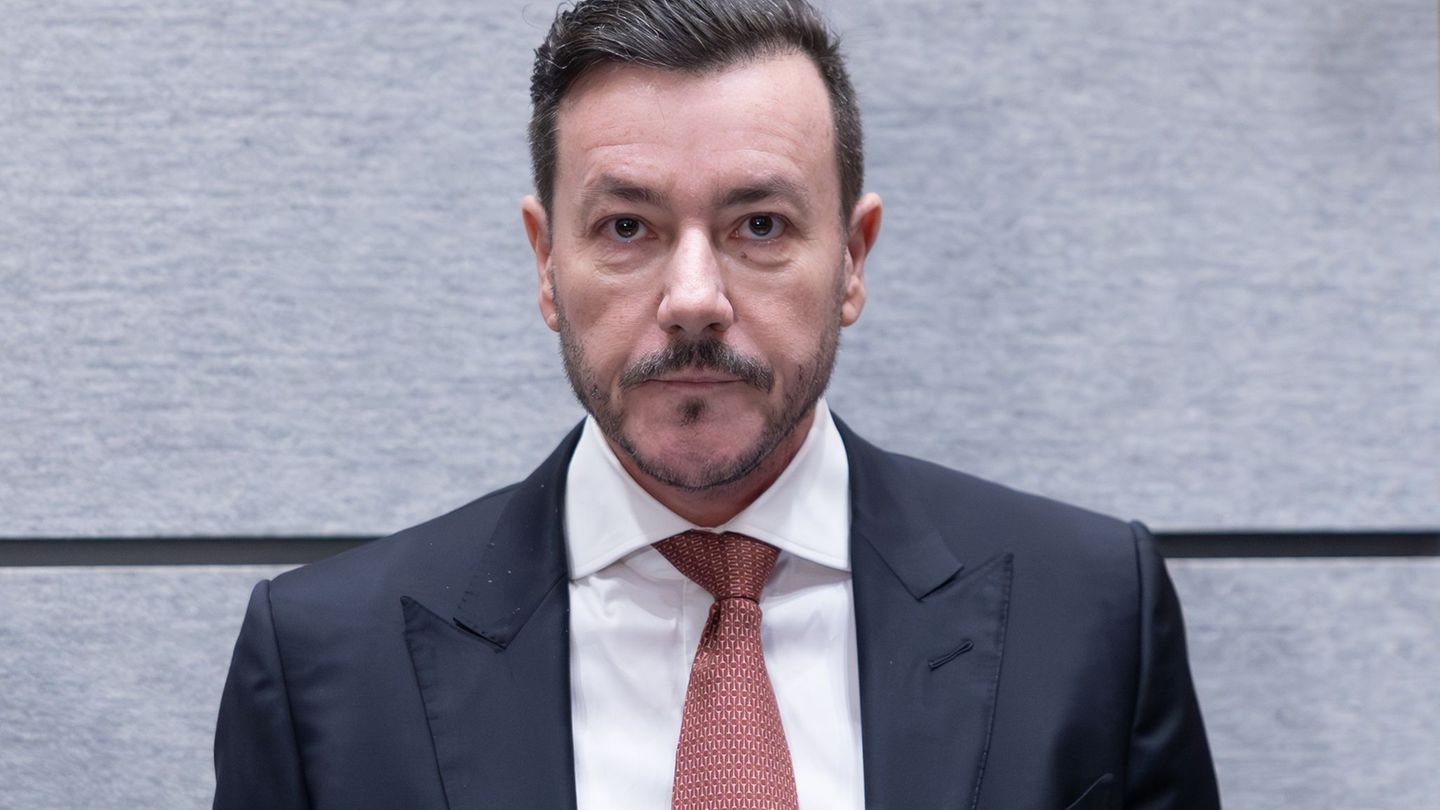With a real economy that is languishing at the rate of income liquefaction, one of the items in which the Government is putting its weight behind is the improvement of the Central Bank’s balance sheet, with which it seeks to generate the conditions to exit the exchange rate trap. . In addition to the reduction in the stock of remunerated liabilities in real terms, the process of BCRA currency purchase since the December megadevaluation. However, even though the purchases continued, In February the recovery of reserves slowed international and the market turns on some yellow lights looking ahead to what is to come.
The purchasing balance of the entity chaired by Santiago Bausili in the Single and Free Exchange Market (MULC) continued to be robust last month: in this way, the BCRA obtained US$2,813 million for its coffers. However, it was the only component that contributed positively to the monthly variation in reserves and was not enough to maintain the accumulation process.
With the rest of the components on the decline, the gross international holdings of the monetary authority closed the month at US$26.69 billion. According to calculations by the consulting firm LCG, founded by Martín Lousteau and today coordinated by Javier Okseniuk, this implied a drop of US$952 million compared to January, after two months of recovery.
The same thing happened with the net reserves, those that look at both the market and the International Monetary Fund (IMF). This is the number of international holdings without including depositors’ reserve requirements, the swap with China and other liabilities of the entity. LCG’s calculation is that net reserves ended February with a negative balance of US$4,397 millionthat is fell by US$133 million. In January, for example, they had a recovery of US$4,356 million. The economic team wants to bring them to at least neutral ground (no longer negative) over the next few months, with the aim of making the lifting of exchange restrictions more viable. LCG’s measurement coincides with others, such as Cohen’s, which also currently places them around -US$4.4 billion.
What happened in February? The main explanation for the brake on the recovery of reserves was the debt payments. Fundamentally, the cancellation of interest to the IMF (US$776 million) and the return of the CAF loan that it used in December to pay the Fund (US$966 million). The “Others” item also had a downward impact, which includes intervention in the securities market and last month involved the outflow of US$745 million. In addition, reserve requirements were reduced by US$481 million.
image.png
The yellow lights that appear in the market
Although since the Milei government took office until February 29, the BCRA managed to buy US$8,526 million, the truth is that in February some specific wheels appeared with a selling balance. According to LCGthis is explained by the “lower settlements due to the backwardness of the export dollar and progressive access of importers to the MULC”.
Regarding the latter, it is worth remembering that the BCRA, while advancing in the placement of the BOPREAL as a way to “organize” the large stock of debt for imports left by the previous administration, established a scheme of staggered access to the official dollar to pay for the new purchases to the abroad. Most products are accessed in installments of 30, 60, 90 and 120 days. This generated a four-month window with underpaid payments, that is, less than the imports actually made, which allowed the Central Bank to accumulate a significant purchasing balance. But the quotation means that as the months go by, the differential becomes smaller and, in fact, the window would close in April.
In between, commercial debt continued to rise. Since the application of the current scheme until the end of February, it accumulated about US$7,000 million, “significantly liquefying the improvement registered in reserves,” the consulting firm warned.
What happens in the coming months will be decisive for the Government’s plans. Although the market is imbued with a positive expectation about the future of the official program, which is reflected in the reduction of the gap and the valuation of future dollar contracts, there are already some question marks on the horizon. In terms of currency accumulation, according to different analysts and operators, the two main ones are: Yeah at the beginning of the thick harvest agriculture will liquidate at a good pace or will prefer to speculate with a new devaluation in the face of the aforementioned exit from the stocks; and, linked with that, If the economic team has room to advance its plan and at the same time avoid an exchange rate correction.
In your asset you will have the end of the drought, which will inevitably improve the flow of currency compared to a 2023 to be forgotten. Also the substitution of energy imports that allows the start-up of the first section of the Néstor Kirchner gas pipeline. But in the case of the agrodollars, prospects diminished in recent weeks due to the fall in international prices and the impact of the heat wave on the volume to be harvested: according to the Rosario Stock Exchange, initial estimates were reduced by around US$6,000 million.
BCRA dollar.jpg

Different factors threaten the BCRA’s reserve accumulation strategy.
LCG and the Capital Foundation stated that to this factor they add the debt payments, which this year are accentuated compared to 2023. For example, the capital maturities of the restructured bonds begin (US$1,300 million) and the interest to be settled with bondholders (US$1.4 billion). Likewise, there are agreed net payments to the IMF for US$2.7 billion for the remainder of the year, unless the sending of fresh funds is agreed.
The firm founded by Martín Redrado adds that in 2024 “the first payments of inherited commercial debt” will also impact for about US$2.4 billion, considering the flow of the awarded BOPREAL and access for MSMEs with debts of up to US$500. ,000. To this we must add a private debt expenditure of around US$8.5 billion, an outflow of US$773 million in the formation of external assets and a deficit in the services account of US$900 million.
For now, the recent agreement with the Fund for the seventh review of the Extended Facilities program set the reserve accumulation goal between December 10 and March 31 at US$6 billion. “As of today, the government has already reached the goal, exceeding what is required by the fund by almost US$1.6 billion. But the accumulated amount is overestimated due to the access restrictions that still affect the MULC,” LCG said.
In that sense, the consultant added: “In the short term it is expected that the pace of accumulation will continue to suffer to the extent that expectations of some exchange rate correction (acceleration of crawling/discreet jump?) become more palpable. In addition, the fact that more and more importing items will begin to access the MULC will be added.”
The Fundación Capital considers that the decision made by the Government regarding the blend dollar will be decisive for the flow of reserves.. This differentiated exchange rate, which is rejected by the IMF because it affects the entry of foreign currency into the Central coffers, suggests that 20% of exports are settled in the cash settlement market (CCL), which offers a price a little higher for exporters and contributes to reducing the gap. According to the foundation, if the Executive decided to remove it in April (at the beginning of the thick harvest), it would make it possible for an extra US$13,000 million to enter the MULC. Although such a measure does not seem possible to implement without a new devaluation if agriculture is to liquidate.
In this framework, LCG concluded: “We do not believe that in this context the Central Bank has room to sustain the delay in the exchange rate for a prolonged period. We see a certain probability that the official dollar will correct itself again sooner rather than later and that the BCRA will be forced to maintain controls on the exchange market for at least a few more months, until it can consolidate the reserve accumulation process.
Source: Ambito




